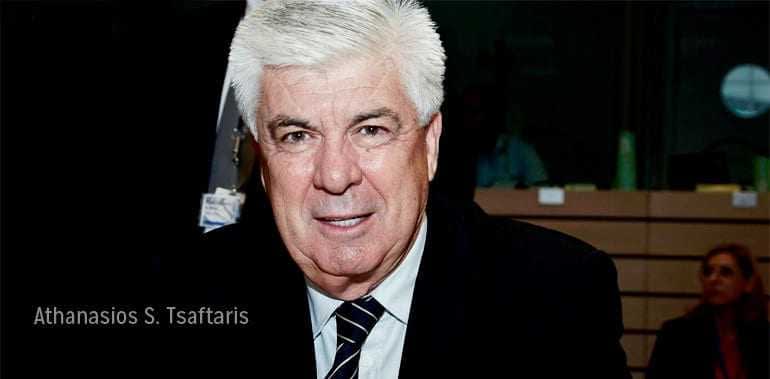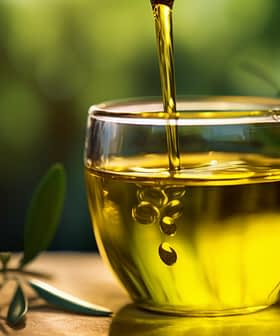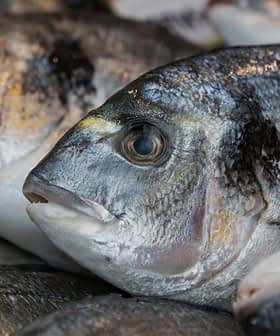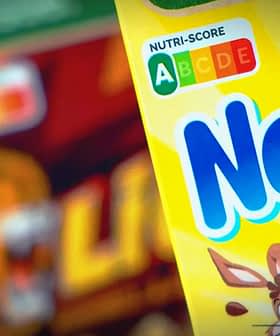Greece Flip-Flops on Extra Virgin Olive Oil Labeling
Dr. Magiatis and Dr. Melliou discovered a new tool using NMR to accurately measure health-promoting compounds in extra virgin olive oil, while the EU clarified regulations for health claims on olive oil labels based on hydroxytyrosol content. Despite initial confusion, it was confirmed that oleocanthal and oleacein can be used to support health claims on labels, benefiting olive growers and consumers worldwide.
Last year Dr. Prokopios Magiatis and Dr. Eleni Melliou from the Athens University announced their discovery of a new fast and accurate tool to measure key health promoting compounds found in extra virgin olive oil such as oleocanthal and oleacein. Using Quantitive 1H-NMR (Nuclear Magnetic Resonance) calibrated to specific frequency the amount of these two compounds found inextra virgin olive oil can be accurately measured.
At the same time, the EU clarified the use of health claims placed on the labels of extra virgin olive oils that contained a base amount of hydroxytyrosol and its derivatives: “Olive oil polyphenols contribute to the protection of blood lipids from oxidative stress.”
The regulation further stipulated, “The claim may be used only for olive oil which contains at least 5 mg of hydroxytyrosol and its derivatives (e.g. oleuropein complex and tyrosol) per 20 g of olive oil. In order to bear the claim information shall be given to the consumer that the beneficial effect is obtained with a daily intake of 20 g of olive oil.”
Using the NMR method of measurement, tests were conducted on a variety of Greek EVOOs. Many were found to contain high levels of oleocanthal and oleacein. Olive growers were eager to publicize their results and sought to get an opinion from the Greek authorities on whether the measuring of oleocanthal and oleacein was sufficient to make the above health claim on the label based on the EU Regulation 432/2012.
In the Greek parliament George Kasapidis, backed by a number of other MPs, tabled a question to the Minister of Rural Development and Food, Athanasios Tsaftaris, on whether the amount of oleocanthal and oleacein (both derivatives of hydroxytyrosol and tyrosol) present inextra virgin olive oil can be used to justify making the above claim.

Tsaftaris’ response was negative. “Oleocanthal and oleacein cannot be used to make any health claims because they are not included in the EU Regulation 432/2012,” he said.
This was bad news to olive growers who had their EVOOs tested and found they contained more than enough quantities of oleocanthal and oleacein to qualify, but could not publicize it on the label and the decision by Tsaftaris seemed contrary to scientific understanding regarding the nature of polyphenols and their derivatives.
Over the last few months this reporter sent emails and made phone calls to the Ministry of Rural Development and Food asking for clarification on the scientific basis of the ruling.
On December 5, 2013 — over 7 months after the first inquiry — the National Food inspection Lab (EFET ) confirmed that “indeed oleocanthal and oleacein being derivatives of hydroxytyrosol and tyrosol can be used as the basis for placing the claim. ‘Olive oil polyphenols contribute to the protection of blood lipids from oxidative stress’ ” on theextra virgin olive oil label.
This is a big win for those in Greece who are working on marketing Greek olive oil abroad based on its health benefits. Unfortunately it came a bit late. During the 2012 – 2013 season, Greece had a bumper crop of the highest quality of EVOOs produced in a long time. Once again these exceptional EVOOs were sold off mostly in bulk for less than 2.60 euros per liter.
This past season, the Greek olive harvest was a disaster due mainly to very high temperatures early in the season which caused losses during the olive tree flowering stage. At the same time, the olive fruit fly arrived and was not dealt with in a timely manner, allowing them to spread. Major losses of 50 to 100 percent of the olive harvest were reported in most regions. Many orders will go unfilled and commitments made will be broken due to the lack of Greekextra virgin olive oil to fill the demand this year.
Independent olive growers worldwide stand to benefit with the new tool to measure the healthfulness of their products amid ongoing debates over new quality standards.
Consumers will be able to identify extra virgin olive oils by their specific benefits based on the quantity of health-promoting polyphenols.
The next step would be for the Quantitive 1H-NMR method of measurement to be officially certified by the EU or the International Olive Council, and made available to olive oil testing labs and olive growers globally.









